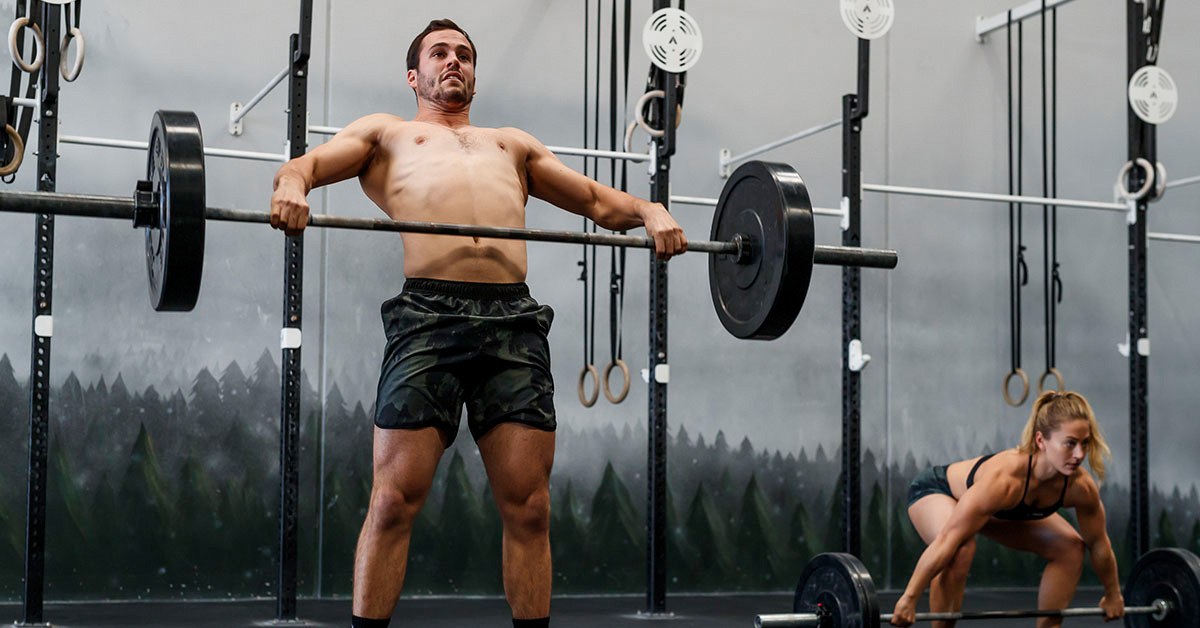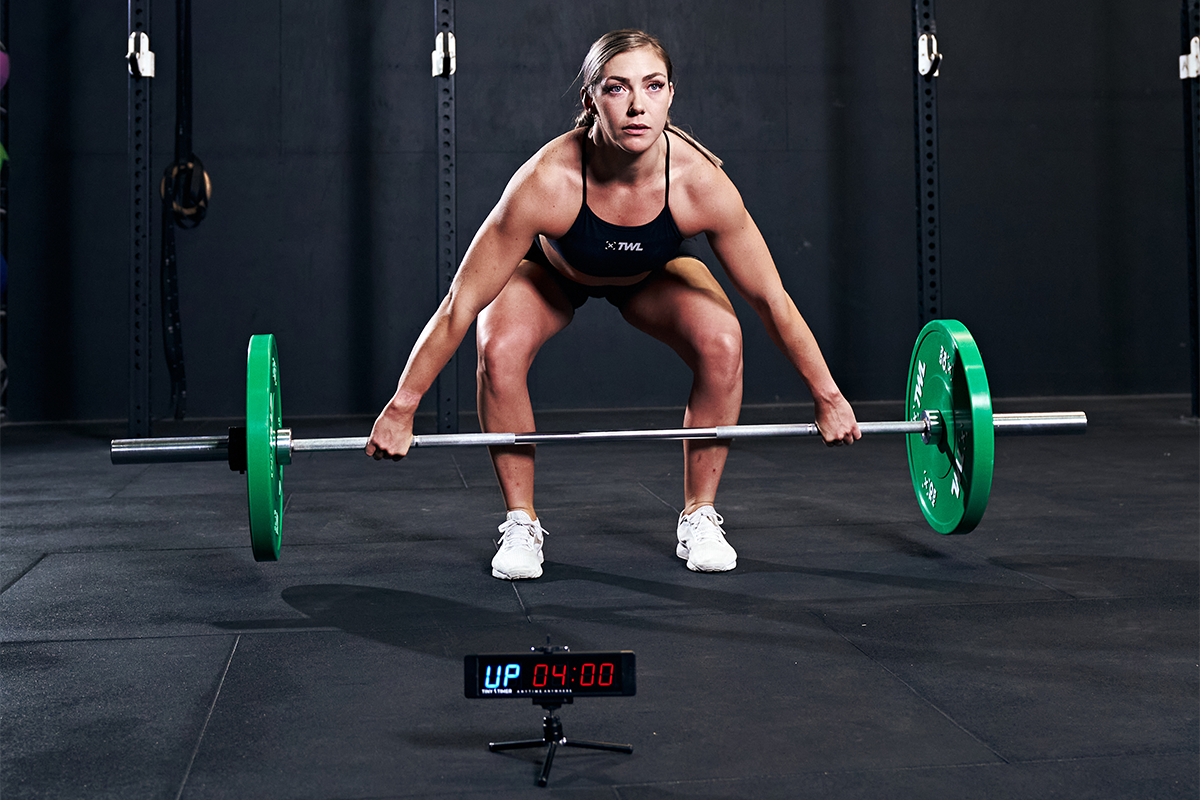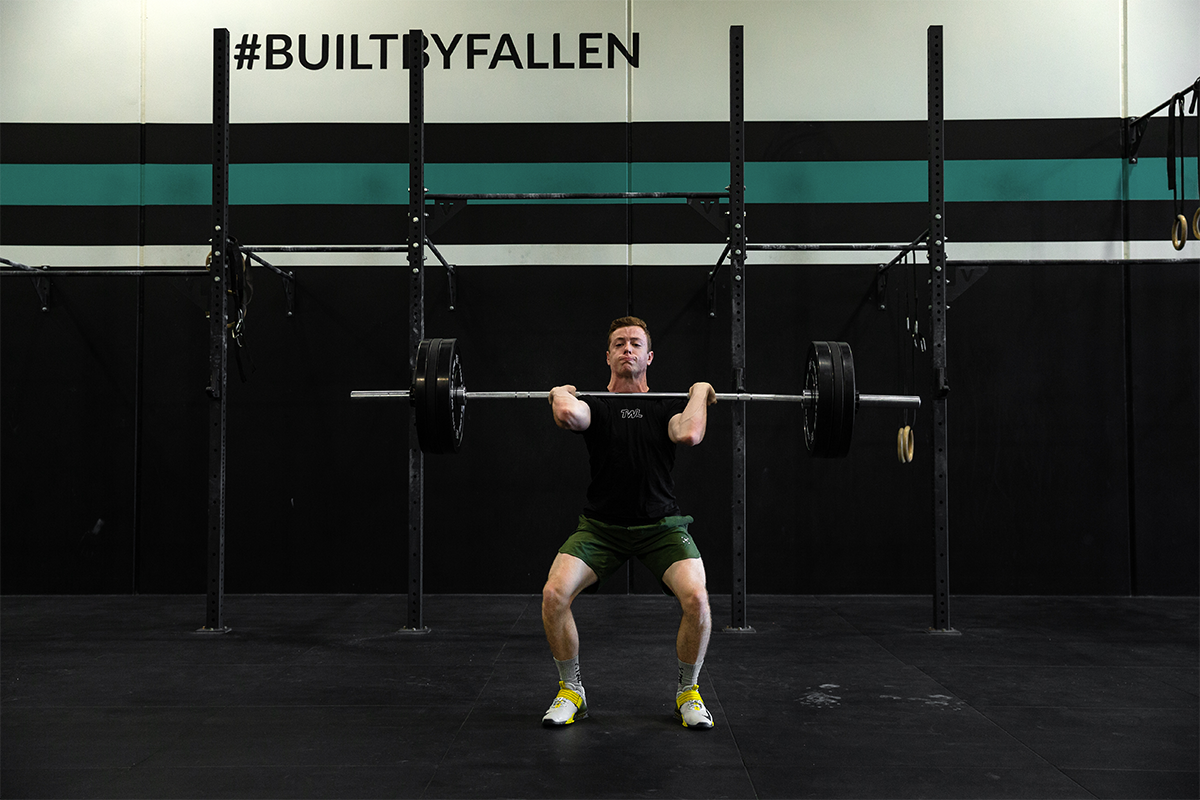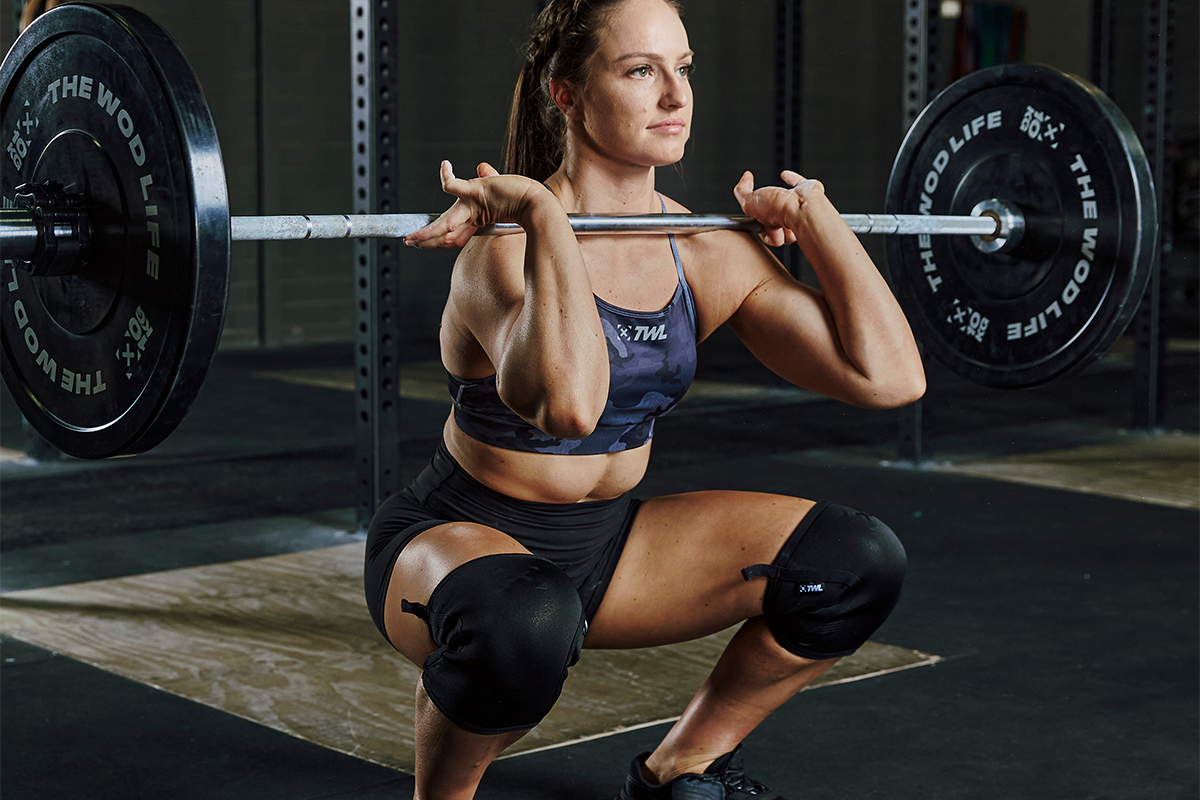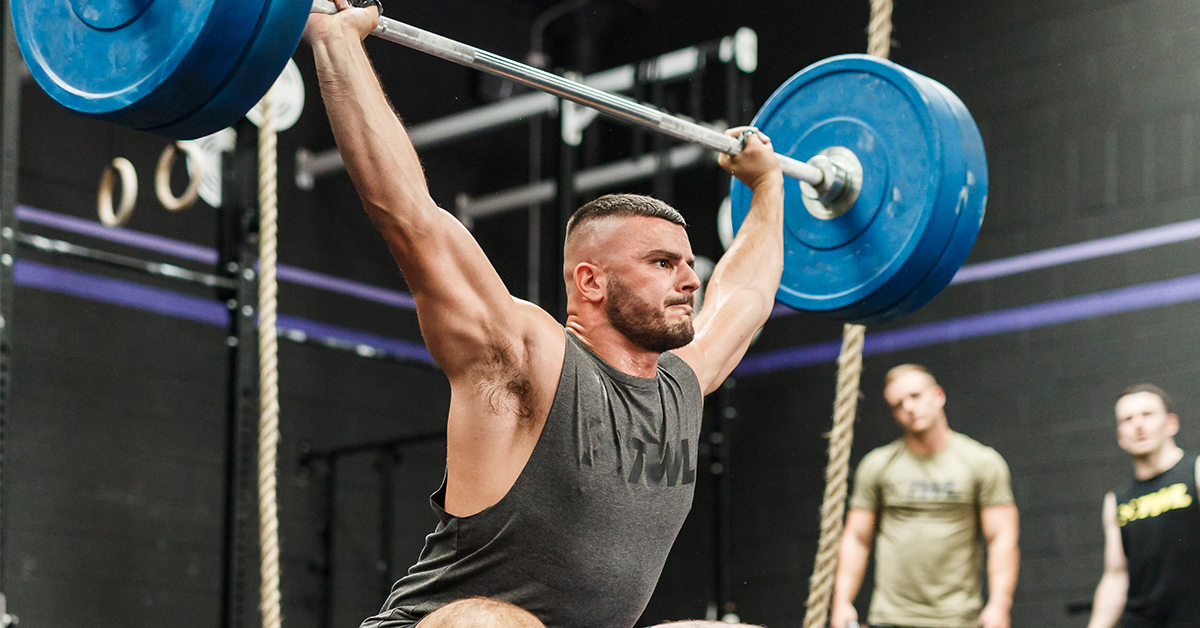The snatch is a complicated lift to master. If you’ve been practicing for a while and can’t seem to get it right, you may be battling one of these common snatch mistakes. Luckily, by checking out your own lifts on video, you can break it down to determine what is going on and where it might be going wrong.
The 4 Most Common Snatch Mistakes
Mistake #1: Blasting Off the Floor
Does an explosive movement start explosively? No. Take control of your bar.
A very common mistake that throws an entire lift off balance is cranking or blasting a barbell off of the floor. There are several reasons this doesn’t work. First, by whipping light bars off the floor, it does not prepare the lifter for the timing of a heavy barbell. Second, the lifter loses control immediately because the movement is wild, which leads to any number of mistakes.
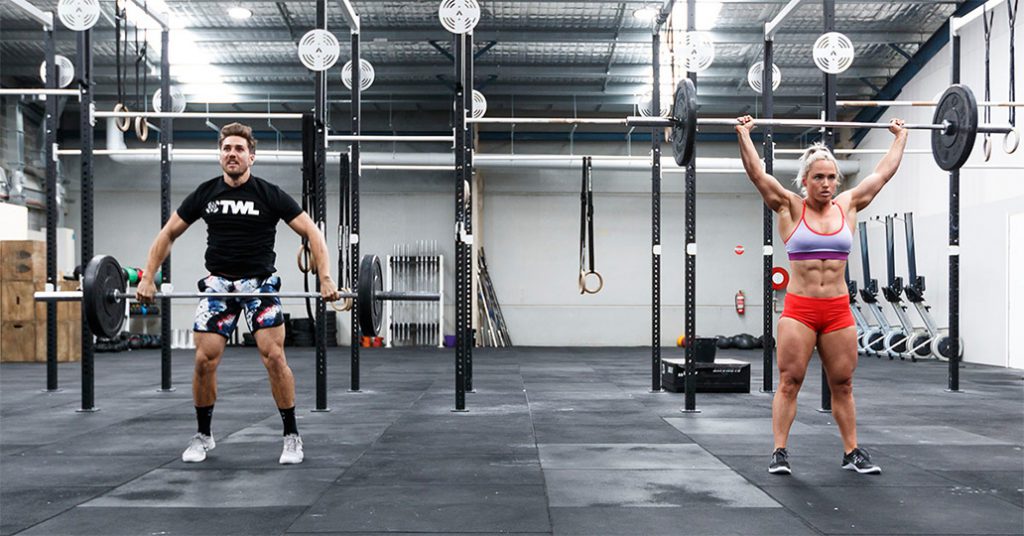
Take control of your barbell when you start. The portion of the pull that starts off the snatch is often referred to as the “first pull,” which is between the floor and the knees. Slow it down enough to:
- Maintain a strong and controlled back.
- Pull back your tibias.
- Avoid touching the knees.
- Keep the bar very close.
- Keep your shoulders and chest over the bar.
All of these points cannot be considered if the barbell is flying off the floor. And if you don’t master this with lighter weights, things certainly won’t go well with heavier ones.
https://www.instagram.com/p/B2FSPYLHbT3/
Mistake #2: Wobbly Knees
Correct an unstable pull or catch by pushing your knees out at the start position.
Stabilizing this lift has a lot to do with the glutes. Your glutes stabilize the hip movement and your back. Besides weak glutes, you may be forgetting to activate the glutes at all. Combat this by being aware of your knee position from the very start. Activating your glutes by pushing your knees out will solidify the start position and brace your back for the effort to come.
Pushing the knees out at the start position transfers nicely throughout the pull, helping you finish with more strength and confidence at the top. When the start position is as controlled and precise as possible, the rest of the lift is far sturdier, including the catch.
Mistake #3: Opening Too Early
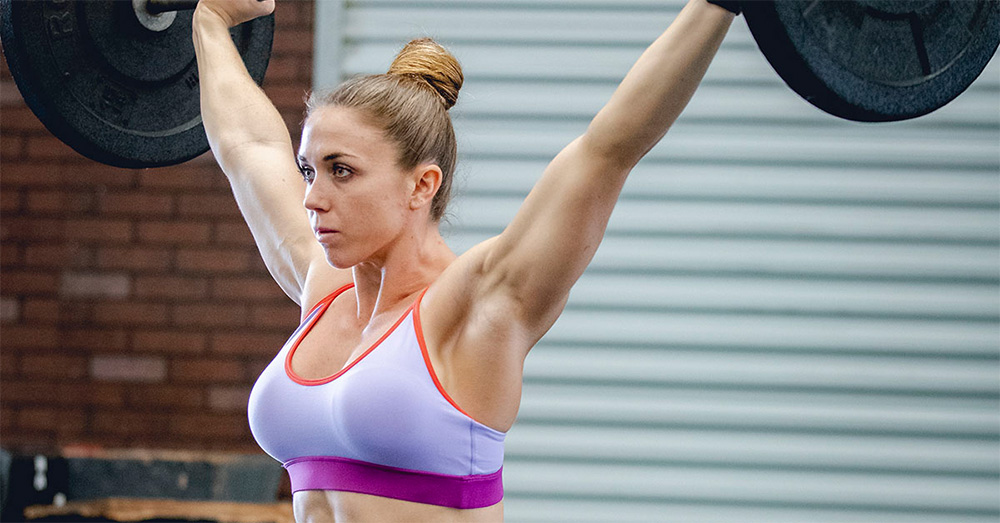
Being a little too ambitious to get under the barbell can cause a lifter to open up the chest too soon, bringing the shoulders behind the bar before they should. “Covering the bar” is an expression used to describe the angle of the back, based on the flexion of the hips. The barbell is lifted off the floor with a combination of knee and hip extension, so maintaining a perfect ratio of extension in each joint helps to finish the pull in an ideal position, with maximal force and bar trajectory. If the hip extends prematurely, the bar is no longer being covered, which can lead to multiple problems, like:
- Missing contact with the bar in the correct place.
- Cutting the pull short.
- Reduction in the maximal force of the pull.
- A forward trajectory of the bar, or an “arc” in the bar path.
- Painful contact with the pubic bone.
Cover the barbell as long as possible — right to the end of the pull — by keeping your shoulders and chest over the bar.
Mistake #4: Letting the Bar Get Away From You
Not contacting the bar in the right way at the hips is a result of letting the barbell get away from you. Keeping the bar close through the pull is a basic principle of snatching.
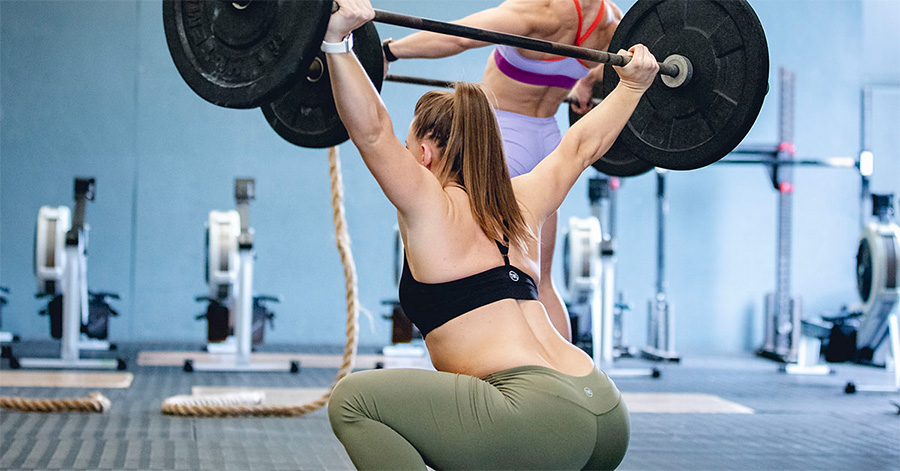
Losing contact with the bar can occur when the initial pull is wild and out of control, but it can also be a result of relaxed lats. The lats perform shoulder flexion, which is how the barbell remains close to the thighs through the pull portion. This also helps set the bar in the best position for you to get under it.
Maintain close contact with the bar by engaging your lats and pulling the bar horizontally toward your thighs, even when gravity wants to take it away!
Bonus Tip: Avoid This One Common Snatch Mistake
In an attempt to improve the snatch, some athletes will practice an excessive amount of accessory work. Don’t get us wrong — this is an excellent habit… to an extent. The challenge is this: You can perfect an accessory movement — like snatch pulls — and still have no idea how to implement it when it comes time to do the full lift. Do your accessories and then practice applying them to the lift. To improve your snatch, you must snatch.
https://www.instagram.com/p/B1IyQWnHjmd/
Remember that the weight doesn’t need to be heavy for you to put the work in. Even an empty bar can help you drastically improve.
Want a few more helpful cues for Olympic weightlifters? Check out this blog!
Want to read more about some common weightlifting myths? Read this blog!

